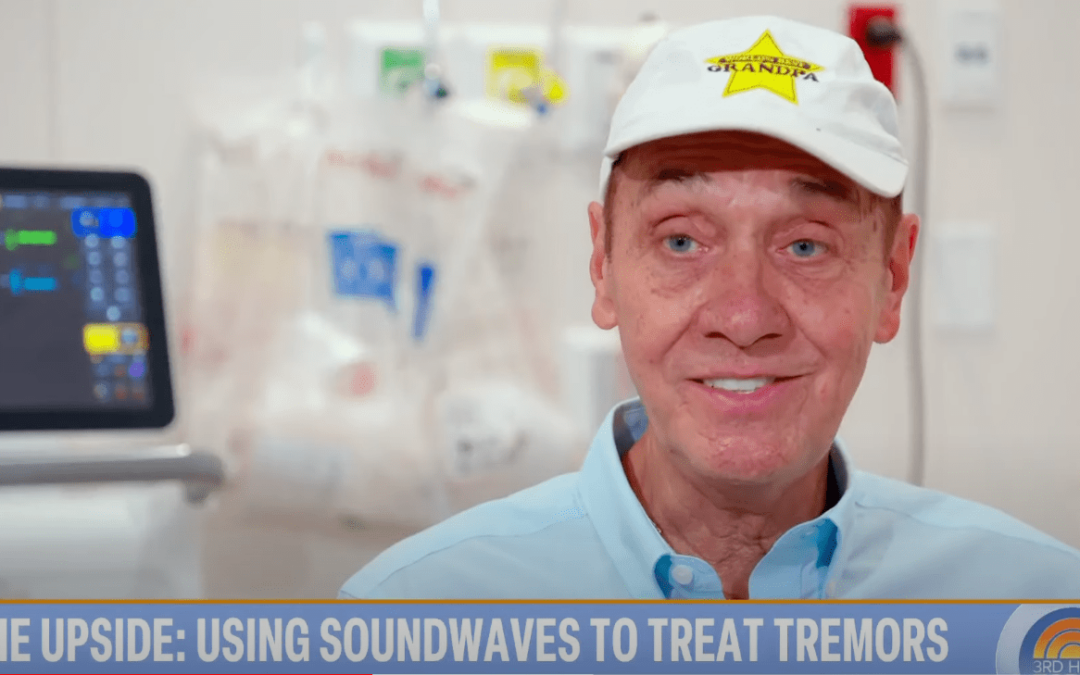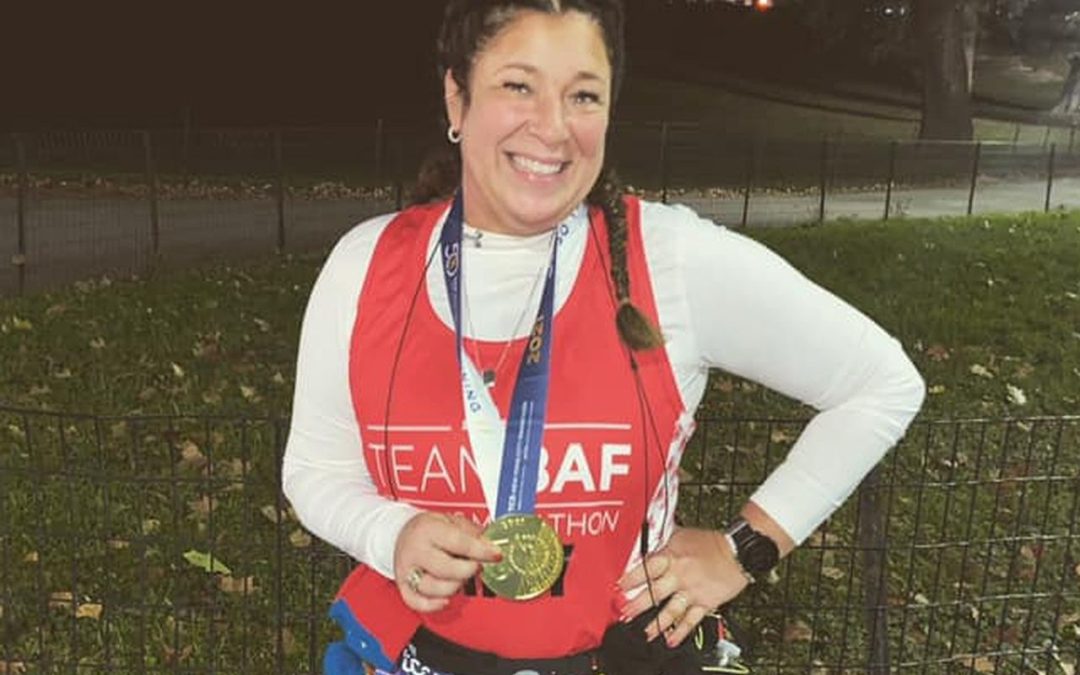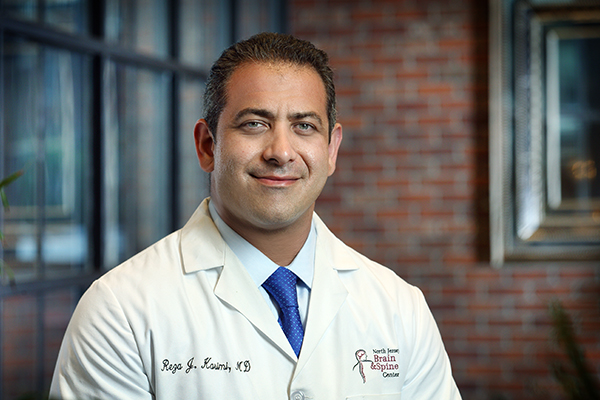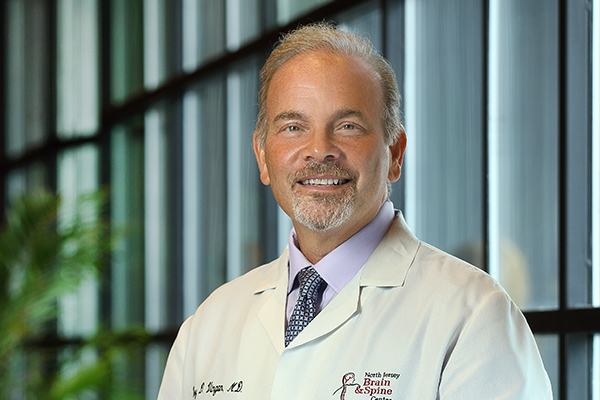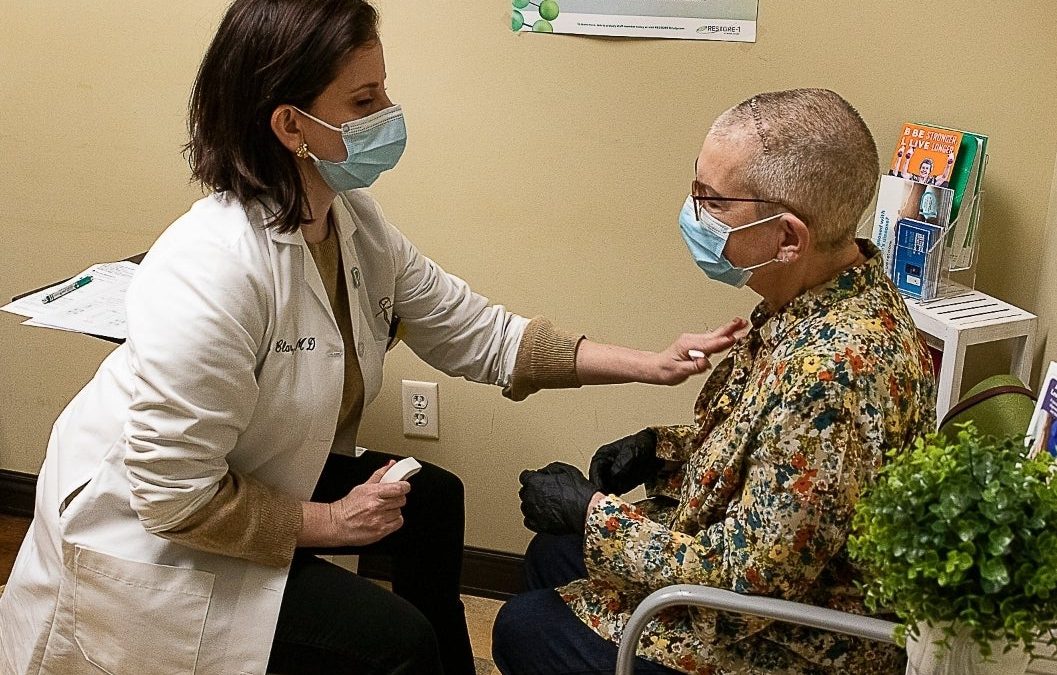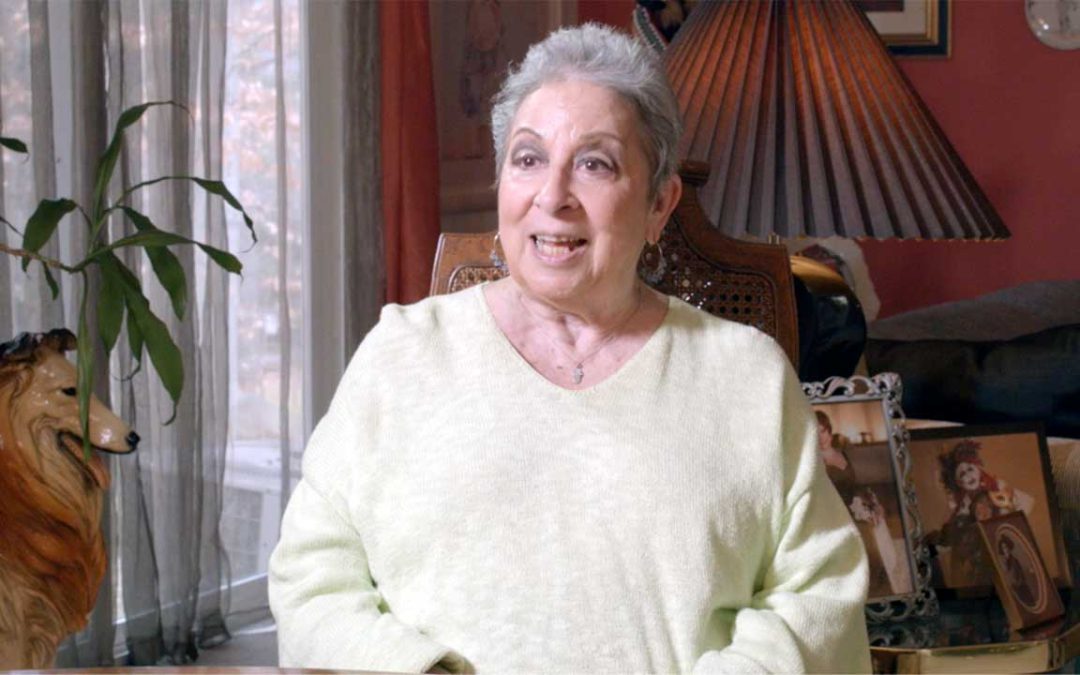Understanding Ischemic Stroke: Key Information for Patients in New Jersey
An ischemic stroke occurs when blood flow to a part of the brain is blocked, depriving brain tissue of oxygen and nutrients. This type of cerebral infarction is a major neurological emergency that requires immediate treatment. If not restored quickly, this can cause brain cells to die, leading to permanent brain damage, disability, or death.
There are two main types of ischemic stroke:
- Thrombotic, which is caused by a blood clot (thrombus) forming in an artery inside the brain, usually due to atherosclerosis (narrowed, hardened arteries)
- Embolic, which is caused by a clot or debris that forms elsewhere in the body (often the heart) and travels to the brain, blocking a cerebral artery.
Early identification and treatment of ischemic stroke is absolutely critical for patients, with treatment ideally occurring within 4.5 hours of the onset of symptoms.
What Are the Symptoms of Ischemic Stroke?
Nearly 800,000 people suffer strokes each year in the United States, and 82% to 92% of these strokes are ischemic.
The symptoms of an ischemic stroke happen suddenly and depend on which part of the brain is affected. Because the brain controls movement, speech, vision, and other vital functions, any sudden neurological change can be a warning sign.
Recognizing the signs of an acute stroke as early as possible is essential for survival and recovery. Patients and their families should use the BEFAST acronym to identify the most common warning signs:
- Balance (sudden loss of balance or dizziness). If you have a suspicion, check if the individual can walk normally
- Eyes (sudden vision loss, blurry or double vision). If you have a suspicion, ask the individual if they can see out of both eyes.
- Face dropping (one side of the face may droop or feel numb). If you have a suspicion, ask the individual you are concerned about to smile.
- Arm weakness (one arm may drift downward or feel weak or numb). If you have a suspicion, ask the individual you are concerned about to raise both arms.
- Speech difficulty (slurred, confused, or no speech at all). If you have a suspicion, ask the individual to repeat a simple sentence.
Again, when it comes to ischemic stroke, timely treatment is critical. Prompt treatment can limit brain damage, improve recovery, and help save lives.
Are The Symptoms of Stroke the Same In Women?
While these classic BEFAST stroke symptoms are the same for men and women, women are more likely to experience additional or subtle symptoms that can be easily overlooked, potentially leading to delayed diagnosis and treatment. call emergency services. Women may also report other symptoms such as fatigue, chest pain, a shortness of breath or racing heartbeat, hiccups, generalized weakness, or cognitive dysfunction.
What Are the Risk Factors of Ischemic Stroke?
There are various risk factors, some of which are preventable and controllable, and some of which are not. They include:
- High blood pressure
- Atrial fibrillation
- Smoking
- Diabetes
- High cholesterol
- Excessive alcohol use
- Obesity and sedentary lifestyle
- Family history of stroke
- Carotid artery disease
In many cases, the risk of an ischemic stroke can be significantly reduced through lifestyle changes, medical management, and regular monitoring of risk factors.
Since most ischemic strokes are caused by brain clots or plaque buildup blocking arteries, prevention focuses on improving vascular health and preventing clots from forming or traveling to the brain.
Understanding Women’s Higher Stroke Risk Factors
While smoking, high blood pressure, diabetes, and high cholesterol are major stroke risk factors for everyone, women face additional unique risk factors:
- Pregnancy-Related Risks: During pregnancy, changes in the blood’s clotting system increase stroke risk. These changes can result in blood clots that restrict blood flow to the brain.
- Preeclampsia: A history of preeclampsia—high blood pressure during pregnancy—doubles a woman’s stroke risk later in life, making ongoing cardiovascular monitoring essential.
Hormonal Factors:
- Birth control pills: Oral contraceptives with higher estrogen doses are associated with increased stroke risk
- Hormone replacement therapy: May affect clotting factors in some women
- Migraine with Aura: Women who experience migraines with aura face higher risk of ischemic stroke, especially when combined with other vascular risk factors like smoking or high blood pressure.
- Atrial Fibrillation: While irregular heart rhythm increases stroke risk for everyone, it’s more likely to cause stroke and result in severe complications in women than in men.
What Kind of Doctors Treat Ischemic Stroke?
Treatment for an ischemic stroke often involves a team of doctors with different specialties. The type of doctor you see will depend on the stage of care — from emergency treatment to recovery and long-term prevention.
Physicians involved might include an emergency medicine physician, a neurologist, an interventional neurologist, a cardiologist, and a primary-care physician.
Our subspecialized surgeons at New Jersey Brain and Spine are ready to immediately evaluate and respond to ischemic strokes. At Hackensack University Medical Center (HUMC), we also serve emergency patients transferred from other regional hospitals by ambulance, Medevac, or long-range air ambulance, ensuring top-tier care for the most urgent needs.
What are the Treatment Options for Ischemic Stroke?
Treatment for ischemic stroke focuses on restoring blood flow to the brain as quickly as possible, minimizing brain damage, and preventing future strokes. The treatment options depend on how soon the patient gets medical help, the type and location of the clot, and the patient’s overall health.
Treatment can include medications that dissolve blood clots blocking the artery and procedures such as a mechanical thrombectomy (a clot removal procedure used for large artery blockages). These may include tPA (tissue plasminogen activator, a gold-standard clot-busting drug used in early stages of acute ischemic stroke.
Post-emergency treatment might include antiplatelet medications, anticoagulants (blood thinners), ongoing monitoring, stroke prevention strategies, and rehabilitation.
The highly specialized neurosurgeon team at New Jersey Brain and Spine offers expert, compassionate treatment, ensuring the best outcomes for patients experiencing and recovering from ischemic stroke.
What triggers an ischemic stroke?
Can a person recover from an ischemic stroke?
What is the difference between a stroke and an ischemic stroke?
What is the standard treatment for ischemic stroke?
Can you fully recover from an ischemic stroke?
What is the common age for ischemic stroke?
What are the gender differences in stroke symptoms?
Why Trust NJBS Neurosurgeons for Ischemic Stroke Care in New Jersey
At New Jersey Brian and Spine, one of the top 10 neurosurgery practices in the country, our dedicated, expert team is highly experienced and highly specialized in the treatment of ischemic stroke and long-term stroke rehabilitation. If you are experiencing any symptoms that concern you, contact New Jersey Brain and Spine today.

